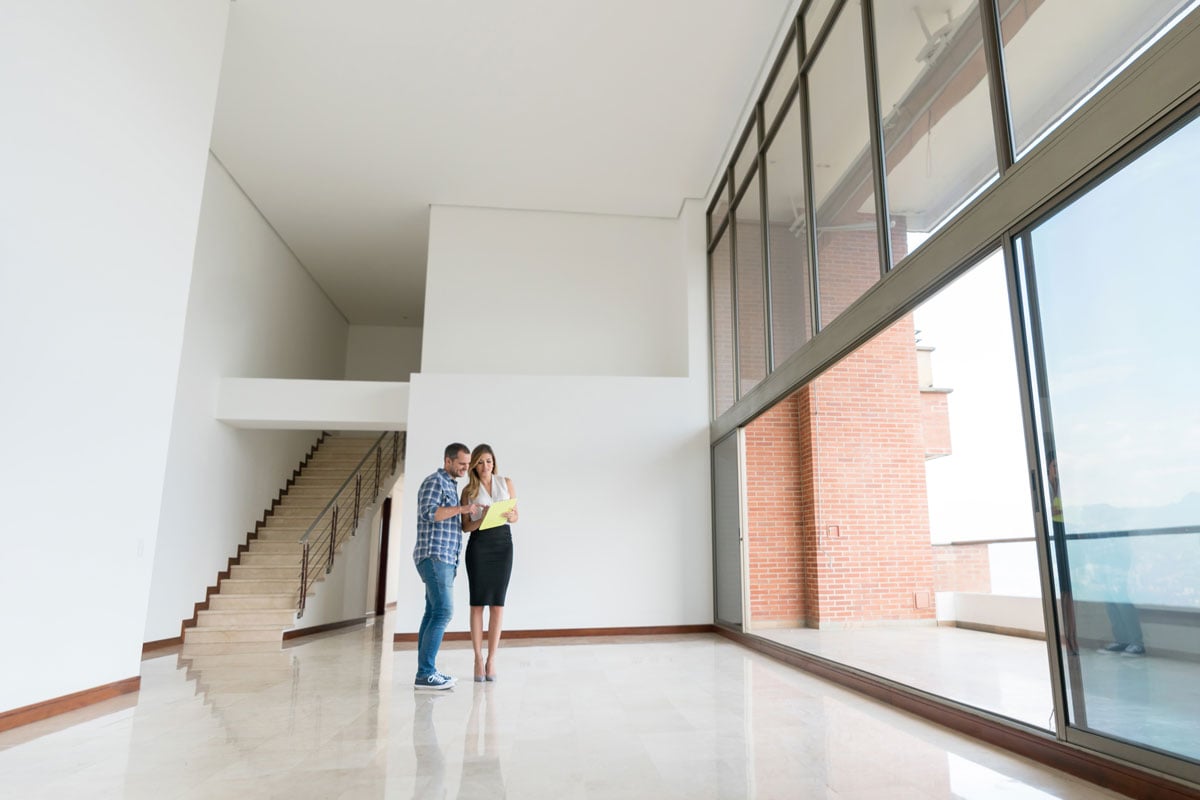The most significant thing that sets commercial property apart from residential is the higher level of income you will receive. In this market, we are seeing rapid capital growth for commercial assets which has an impact of lowering the yields as capital growth is outpacing rental growth. So what can be done to increase your yield?
Here are the top strategies we use to increase the yields of the commercial investments that we purchase.
Don’t purchase at auctions
Over 70 per cent of the commercial properties that we purchase for our clients are found off-market. This is a huge part of our purchasing strategy as it allows us to negotiate a better price on our client’s behalf without the competition we would normally find during a public sale. Throughout 2021 we’ve witnessed a two speed (or two priced) market. That is the prices of assets at auctions vs the prices of assets that are sold quietly and off-market. When you purchase for a better price you are automatically getting a better yield.
Also, when you purchase under market value it has the potential to inject hundreds of thousands of dollars back into your property, allowing you to pay down the debt on your asset faster or to use the equity to grow your portfolio sooner than anticipated; fast-tracking financial freedom.
Don’t underestimate the value of value-adds
Commercial property comes with the terrific advantage of being able to add value through increasing the lease strength and income. For example, if you purchase an asset that has a 1-year lease and you can convert that lease to a 3-year lease, this will be valued higher by valuers and other buyers interested in your investment.
Another option is purchasing a property that is under rented. For example, you might purchase an industrial property renting for A$91 per square metre but the market rate is A$110 per square metre. If you raise the rent to the market level, then at ‘market review’ time, you can increase your income by 110/91 = 20.08 per cent. If your income is 20.08 per cent higher so should your valuation on the overall asset.
We often purchase properties for our clients that need work done on leases, renovations and even development. These strategies can put our clients instantly ahead of the rest. Adding more square meterage to a property or dividing up space can also add significant value.
Smart investors know the value of rent increases over time
One way to build capital into a commercial property and to ultimately increase its cash flow is to simply allow the rent to increase over time. Most leases have an annual scheduled increase built into them and there are a few options for annual rent reviews. You can set them to coincide with the CPI (Consumer Price Index), which is the most common approach.
A fixed percentage increase is the other main option, with three per cent the most common increase. four per cent is considered a big increase and anything above that is recognised as very high. Most tenants would find a more than four per cent increase unsustainable for their cost base.
It’s worth noting that different markets have different rules, but most use the CPI or three per cent. What this means for your return on investment is that with each annual price increase you’ll see more cash coming in each month. Also, when you revalue the property, the higher the rent the more equity you may be able to release.
Play the long game
Leading buyers agents and commercial investors know the best places to look for ‘investment grade’ commercial assets and the sheer importance of finding them. Out of hundreds of commercial properties for sale, only a handful are investment grade, meaning a high-quality asset boasting secure tenants and that will deliver an uninterrupted income stream. One of the trademarks of an ‘investment grade’ commercial asset is having long term rental growth, and shorter vacancy periods when vacancy issues arise. This is not what a lower quality commercial asset would give you.
For example, a cheaper retail shop down a side alley might look like an affordable option per square metre, but it will always be riskier than a perfectly located corner retail shop with greater main street exposure. This corner shop might cost you more per square metre, but it will always be more desirable for tenants, meaning less vacancy and a greater chance for rental growth.
Buying quality is the most important thing to consider as a first-time investor. This is key to succeeding in commercial property investing and building your passive income. It’s important to consider what your asset will look like in ten years time when commercial property is in even more demand and your high-quality asset’s yield has increased significantly. Re-lettability is also a key feature a quality asset has over a riskier one.
Scott and Mina O’Neill are co-authors of Rethink Property Investing and founders of Rethink Investing, Australia’s number one buyers’ agency for commercial property investors. After retiring at the age of 28, they now live off the passive income generated by their personal $20 million property portfolio.
Read next: How to maximise your returns from investing in commercial property







